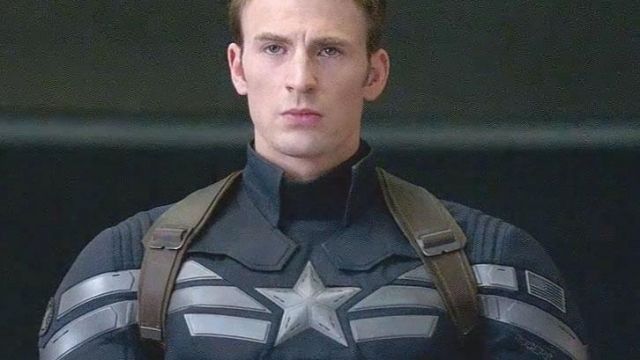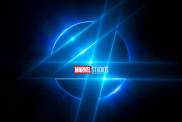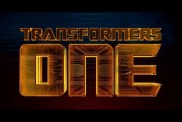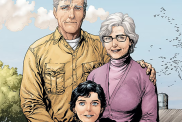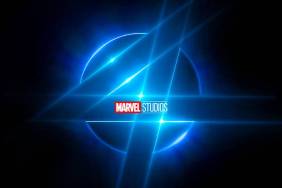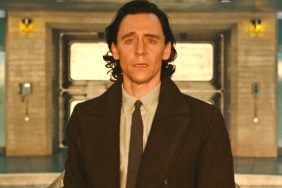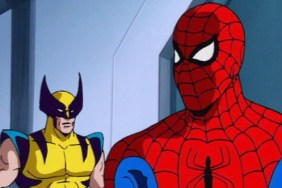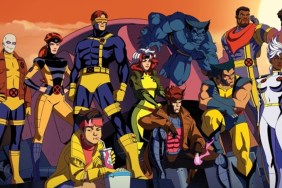(To celebrate Avengers: Endgame’s release, we’re taking a look back at the entire MCU, entry by entry. Rather than doing straightforward reviews, our goal with this retrospective is to trace the footsteps of Marvel Studios. Our goal is to understand the decisions made along the way to becoming a Hollywood powerhouse.)
Winter of Our Content
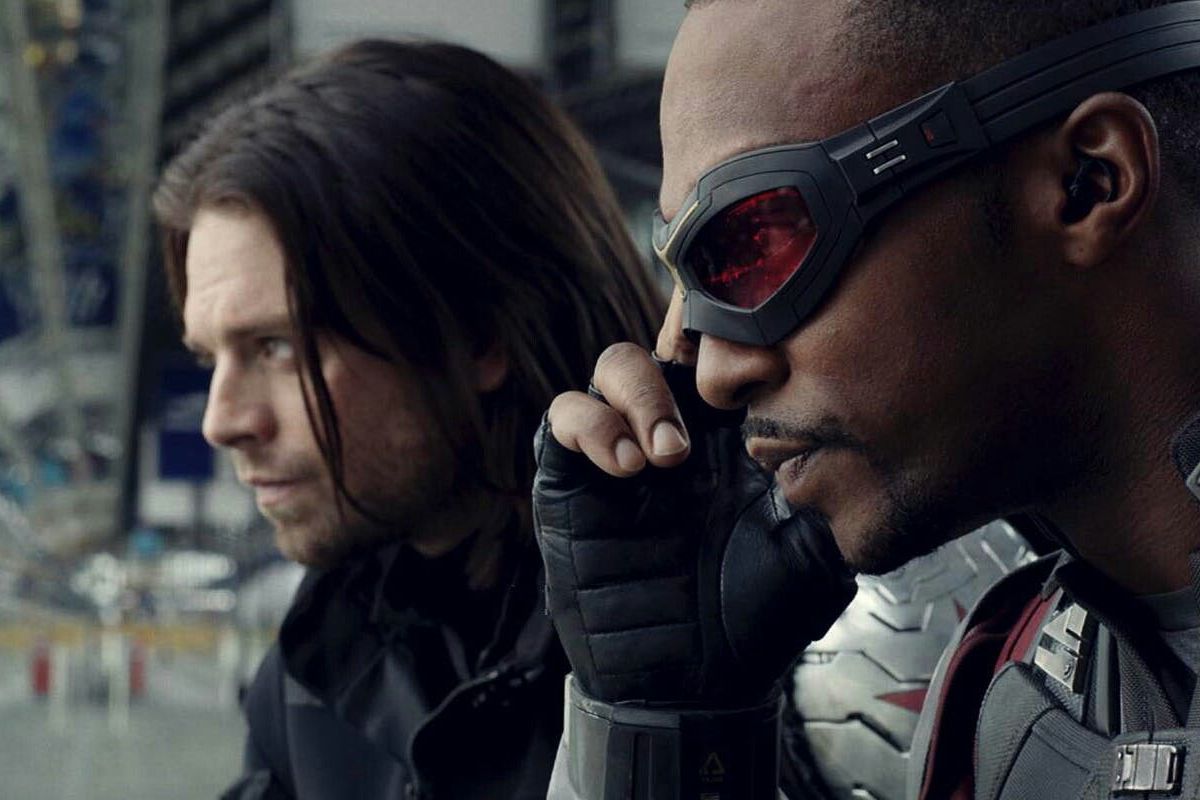
Iron Man 3 and Thor: The Dark World were both disappointments in different ways because Marvel Studios hit a series of creative stumbling blocks. The studio mastered the art of the origin story, but had yet to prove that they could pull off a worthwhile follow up. After The Avengers, Marvel didn’t really know where to take the franchise afterward. But in 2014, Marvel finally had its first truly great sequel: Captain America: The Winter Soldier. That film became a high watermark for creating a compelling and relevant sequel in the MCU. More importantly, it was also impactful in furthering the timeline in unexpected and interesting ways.
Marvel Studios began preparing for a Captain America sequel even before the release of The First Avenger. In April 2011, they revealed that the screenwriters of the first film – Christopher Markus and Stephen McFeely – would return to write it. They were also the first screenwriters brought back to write a sequel to their own screenplay. As a result the screenwriters began “throwing a lot ideas at the wall to see what stuck.” The partnership continued to be fruitful far into Phase Three.
Keepin’ It Real
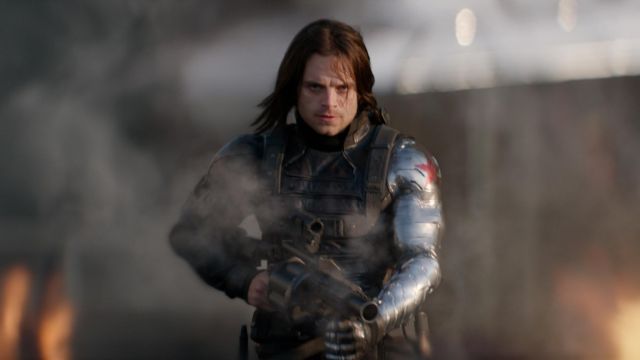
The screenwriters toyed with a flashback structure that filled in some of the gaps of the first film. However, that became “unwieldy,” and the duo eventually settled on keeping things in the modern day. Moreover, the movie wasn’t burdened with any responsibility to set up the larger universe. That’s why it eventually managed to do something radical. Kevin Feige’s idea was to “take down S.H.I.E.L.D., and have Cap have a hand in it.” Whereas the first movie was a war film, Markus and McFeely honed in on the conspiracy genre to explore the “man out of time” elements. They also supported the bold choice to kill S.H.I.E.L.D.
Consequently, the script for the follow-up had to be grounded in reality, with fewer fantastical sci-fi elements. That led the writers to hone in on Ed Brubaker’s Winter Soldier run from the comics. It had the tone that they were trying to capture. Markus and McFeely began to outline the film, structuring it like political thrillers of the ’70s, particularly Three Days of The Condor. According to the writers, once they wrote the outline and agreed upon the details, they didn’t have to change much from the original outline to the final shooting script.
No Joke
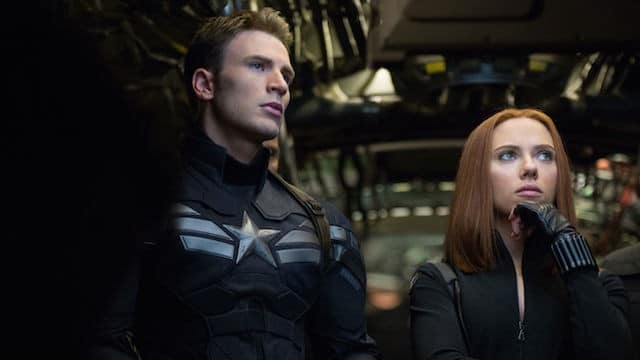
By the time the screenplay took shape, Marvel turned their sights to finding a director for the sequel. Joe Johnston originally expressed interest in adapting the Winter Soldier storyline specifically. He even planted the seeds for what would become the sequel before the first film was finished. It’s hard to say why Johnston didn’t return, but by March 2012 a shortlist was revealed without his name. Among the likes of F. Gary Gray and George Nolfi, Community and Arrested Development directors Joe and Anthony Russo quickly rose to the top.
Eventually, Marvel’s Comic-Con 2012 panel confirmed the filmmakers, as the studio also revealed the title with an April 2014 release. As the first directing duo to be hired by Marvel Studios, the Russos appeared an unconventional choice for Captain America. Even though they had plenty of success with their TV work, they also brought the world You, Me And Dupree. The filmmakers had a lot to prove in this genre, and they exceeded expectations. In fact, it turned out that the film fit perfectly within their wheelhouse of political and social satire.
You Have My Shield
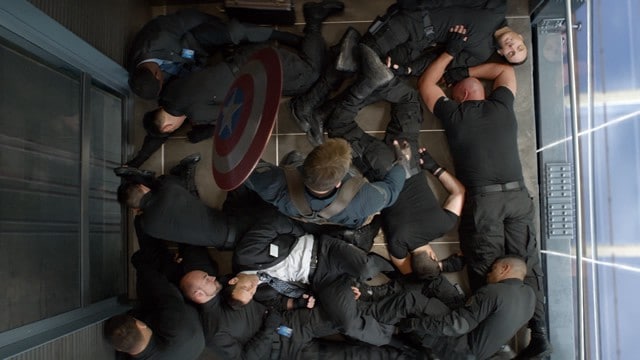
Apparently, the directors got very hands-on with the script in the pre-production process. The Russos had the idea to fold in more topical elements in politics. Tapping into the “anxieties” of the audience at the time, they included reference to drone warfare, targeted killings, and global surveillance fears. Decisions like these separated Captain America: The Winter Soldier from the rest of the direct Marvel sequels. It feels timely and timeless at the same time. The film birthed the Russos’ relationship with Marvel, which would reap increasing dividends for everyone involved.
Chris Evans was under contract to return. Captain America: The Winter Soldier also allowed for a great opportunity to include characters from S.H.I.E.L.D. in natural way. After all, Steve really had nowhere else to turn after The Avengers. As a result, Nick Fury and Black Widow became an integral part of the story, as opposed to being used to further the larger universe. But to give the downfall of S.H.I.E.L.D. a true sense of gravitas, the Russos needed someone who could hold their own as villainous mastermind Alexander Pierce.
The Stinger
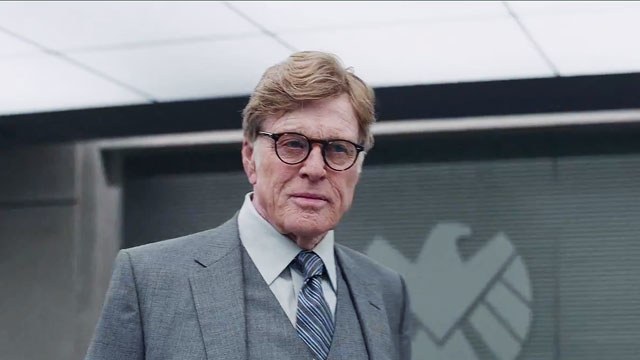
In the most brilliant piece of casting since Anthony Hopkins in the first Thor, the Russos secured A-list Hollywood royalty for the first time in the MCU. Hopkins was surely a get at the time, but casting someone like Redford indicated the broader appeal of Marvel Studios in Phase Two. The founder of the Sundance Institute and an acclaimed filmmaker in his own right, Redford only solidified Marvel Studios’ impact on Hollywood. Experiencing this so-called “new order” of Hollywood filmmaking was Redford’s primary reason for taking on the role. Ultimately, his casting became a watershed moment for bringing legendary actors into the MCU in supporting roles. That’s something which continues to this day.
The production of Captain America: The Winter Soldier created another crucial collaboration moving forward. Having admired the look of District 9, the Russos enlisted cinematographer Trent Opaloch. Inspired by thrillers from the seventies, Opaloch used “classic framing and naturalistic lighting” to emulate their look. Handheld camera work and practical effects whenever possible sold the “gritty and realistic” tone. These choices marked the first time that any MCU movie actually used the cinematography as a crucial storytelling device to ground Cap in the modern world. Moving forward, Opaloch became a key collaborator on every Marvel film that the Russos would direct.
Shake It up
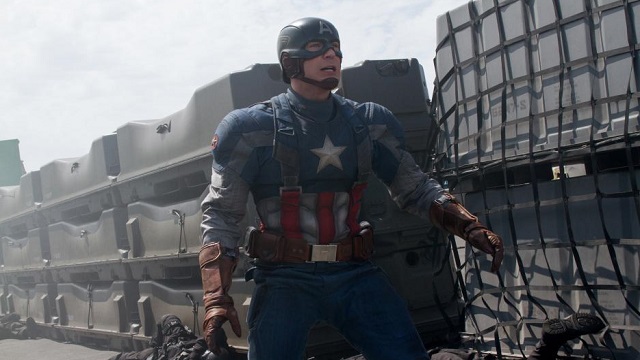
Just about every other choice in the film feels essential to the storytelling. From the writing to the production design and editing, this story-based style ultimately makes the film so effective. In retrospect, Captain America: The Winter Soldier was the most important movie of Phase Two. It proved that Marvel was capable of creating an outstanding sequel. It also completely shook up the MCU in a way that was impossible to retreat from.
For the first time, Marvel Studios brought nuance to its sequels through specific genre influences and thematic complexity. It’s a trend that has defined many of the MCU movies. It’s also part of the reason why this film still feels relevant five years later. Marvel had finally started to trust its creative partners, and the successes of continuing collaborations with McFeely, Markus, the Russos and Opalach proved this. As a result, Captain America: The Winter Soldier yielded some of the boldest storytelling that Marvel Studios ever brought to the screen. At least until they released Guardians of the Galaxy only a few months later.
Thor: The Dark World – MCU Retrospective Part 8
Iron Man 3 – MCU Retrospective Part 7
The Avengers – MCU Retrospective Part 6
Captain America: The First Avenger – MCU Retrospective Part 5
Thor – MCU Retrospective Part 4
Iron Man 2 – MCU Retrospective Part 3
